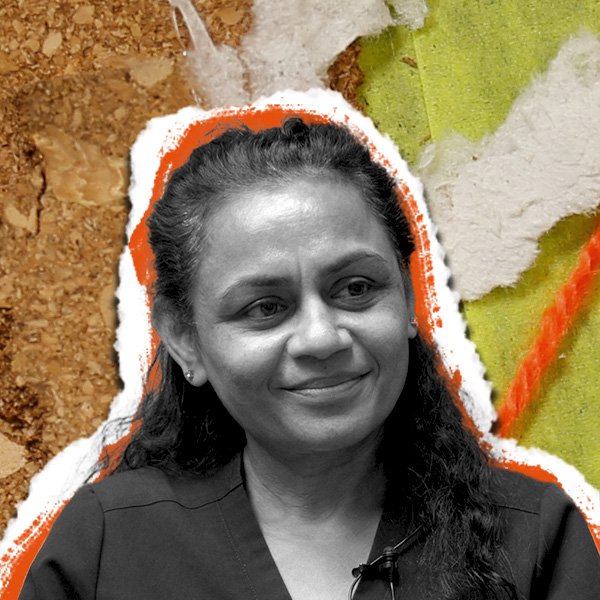I first look at my schedule for the day and note how many meetings I have. Then I go to my office and start seeing patients. I see patients three days a week and have internal meetings with my staff two days a week. I also have meetings with sales reps, which often happen during lunch. I'll see more patients until around 6 p.m. I have more meetings from 6 p.m. to 9 p.m. and fit in dinner whenever I can. I spend a couple of hours with my family and then cap off the night by responding to emails.
CAREER
Family Medicine Physicians
Overview
Salary Median (2023)
$224,640
Projected Job Growth (2023-2033)
+6.1% (as fast as the average)
Career
What Family Medicine Physicians Do
Diagnose, treat, and provide preventive care to individuals and families across the lifespan. May refer patients to specialists when needed for further diagnosis or treatment.
Other Job Titles Family Medicine Physicians May Have
Board Certified Family Physician, Family Medicine Physician, Family Physician, Family Practice Medical Doctor (FP MD), Family Practice Physician (FP Physician), Family Practitioner, Medical Doctor (MD), Medical Staff Physician, Physician, Primary Care Physician
How Leaders Describe a Typical Day at Work
Dream Youth Clinic is a no-cost clinic, so I spend a lot of time fundraising. I'll be speaking with funders or with the city, dealing with grants and contracts, and fostering partnerships so that we're able to fund our no-cost services. I also spend time focusing on our vision and working on developing and executing our long and short-term goals. My favorite part of my job is being in the clinic and working with young people.
Tasks & Responsibilities May Include
- Prescribe or administer treatment, therapy, medication, vaccination, and other specialized medical care to treat or prevent illness, disease, or injury.
- Order, perform, and interpret tests and analyze records, reports, and examination information to diagnose patients' condition.
- Collect, record, and maintain patient information, such as medical history, reports, or examination results.
- Monitor patients' conditions and progress and reevaluate treatments as necessary.
- Explain procedures and discuss test results or prescribed treatments with patients.
This page includes information from theO*NET 29.2 Databaseby the U.S. Department of Labor, Employment and Training Administration (USDOL/ETA). Used under theCC BY 4.0license. O*NET® is a trademark of USDOL/ETA.










